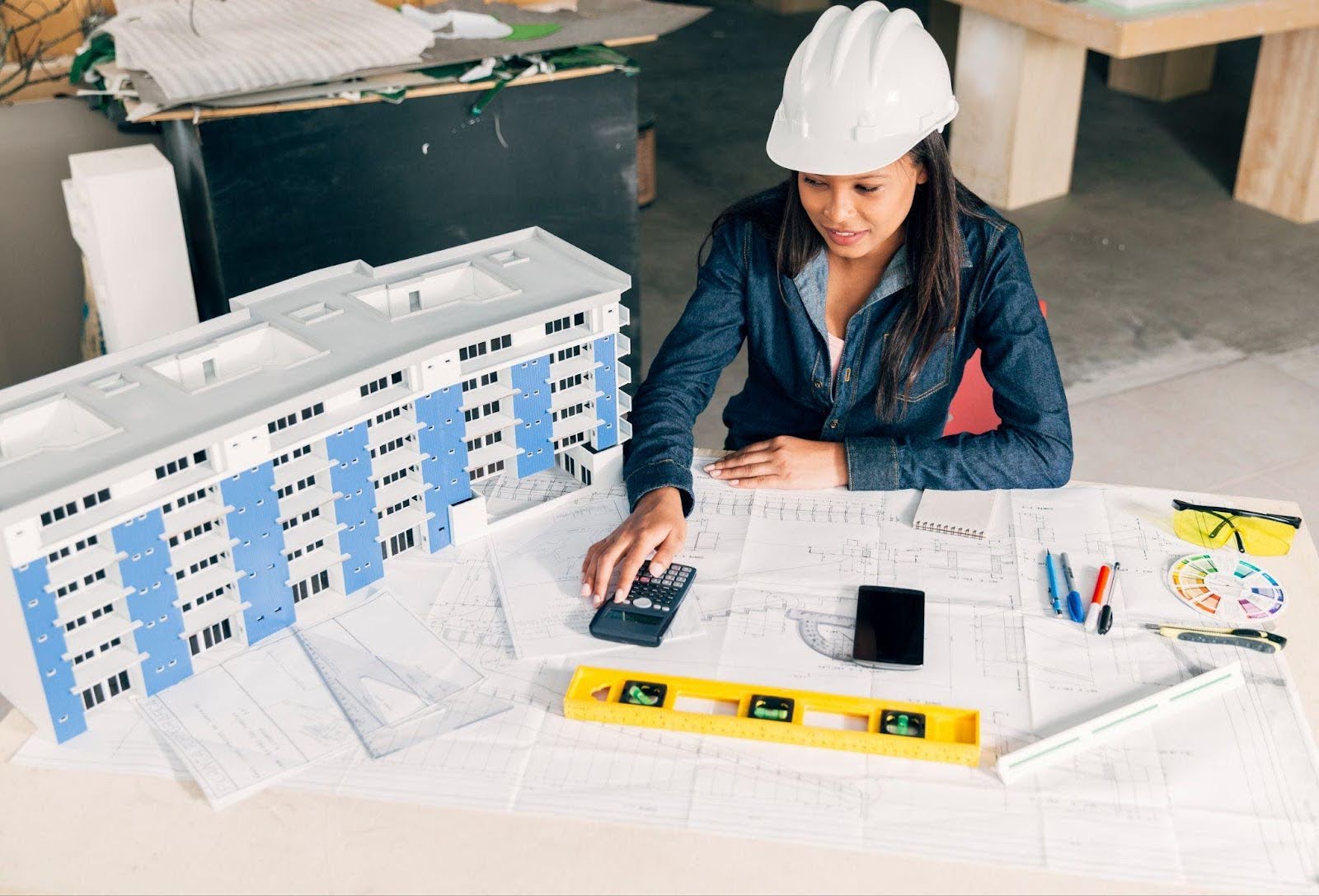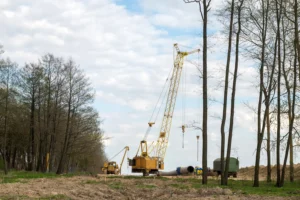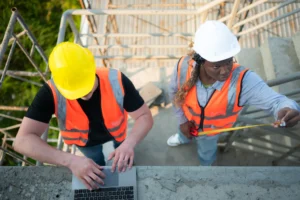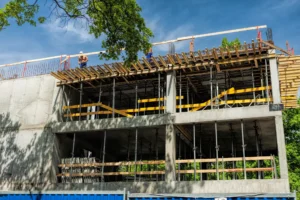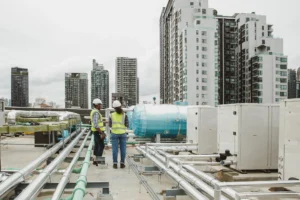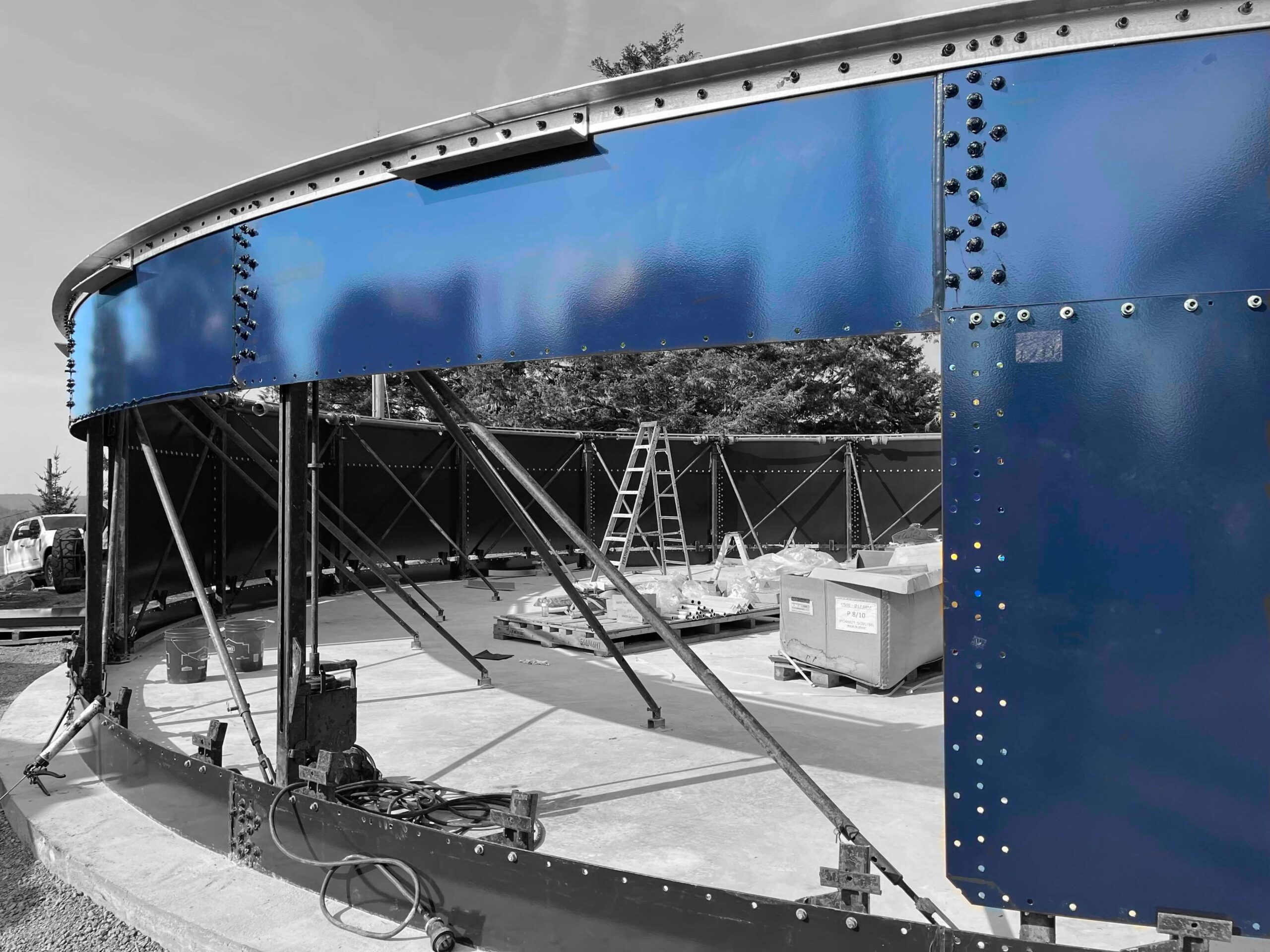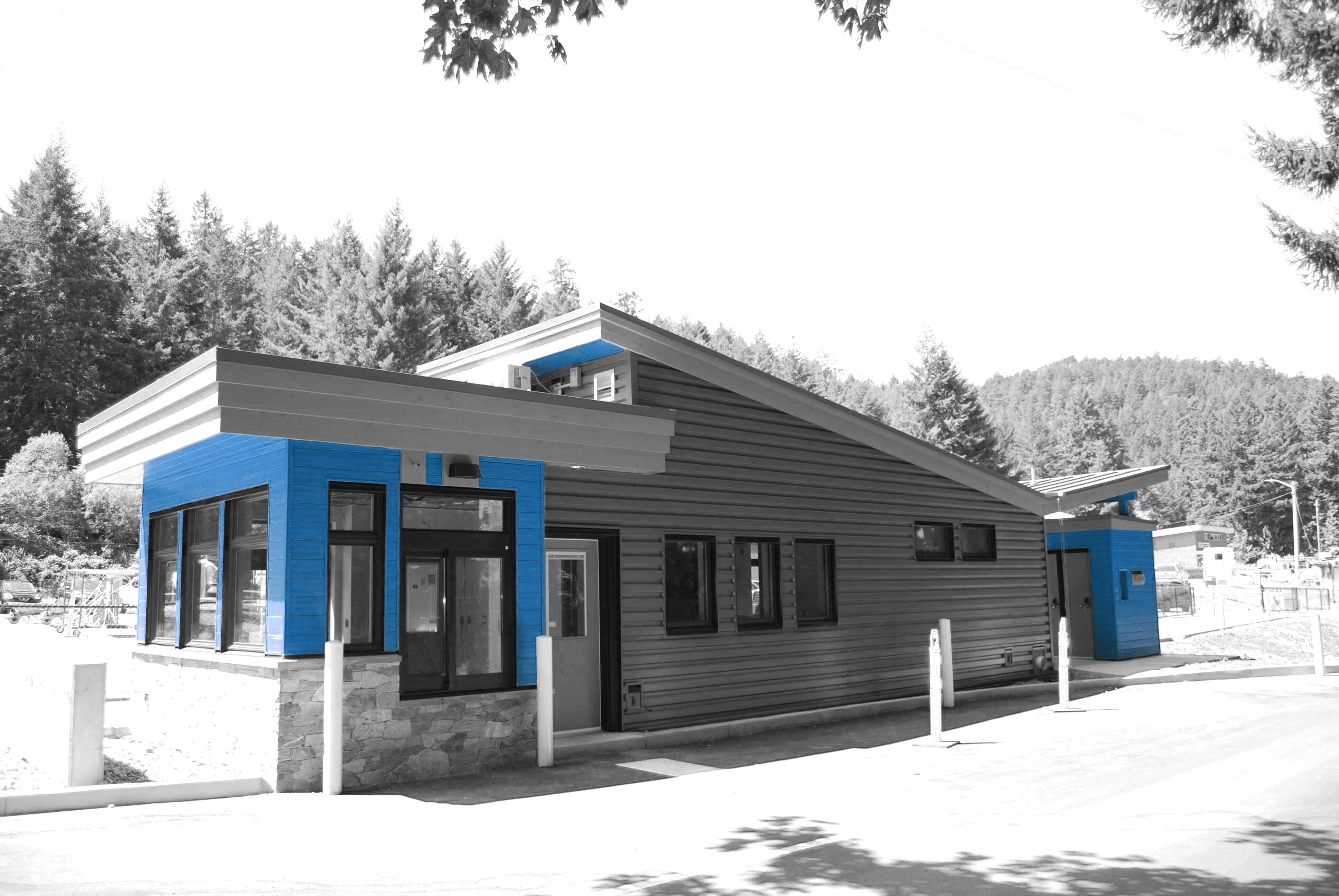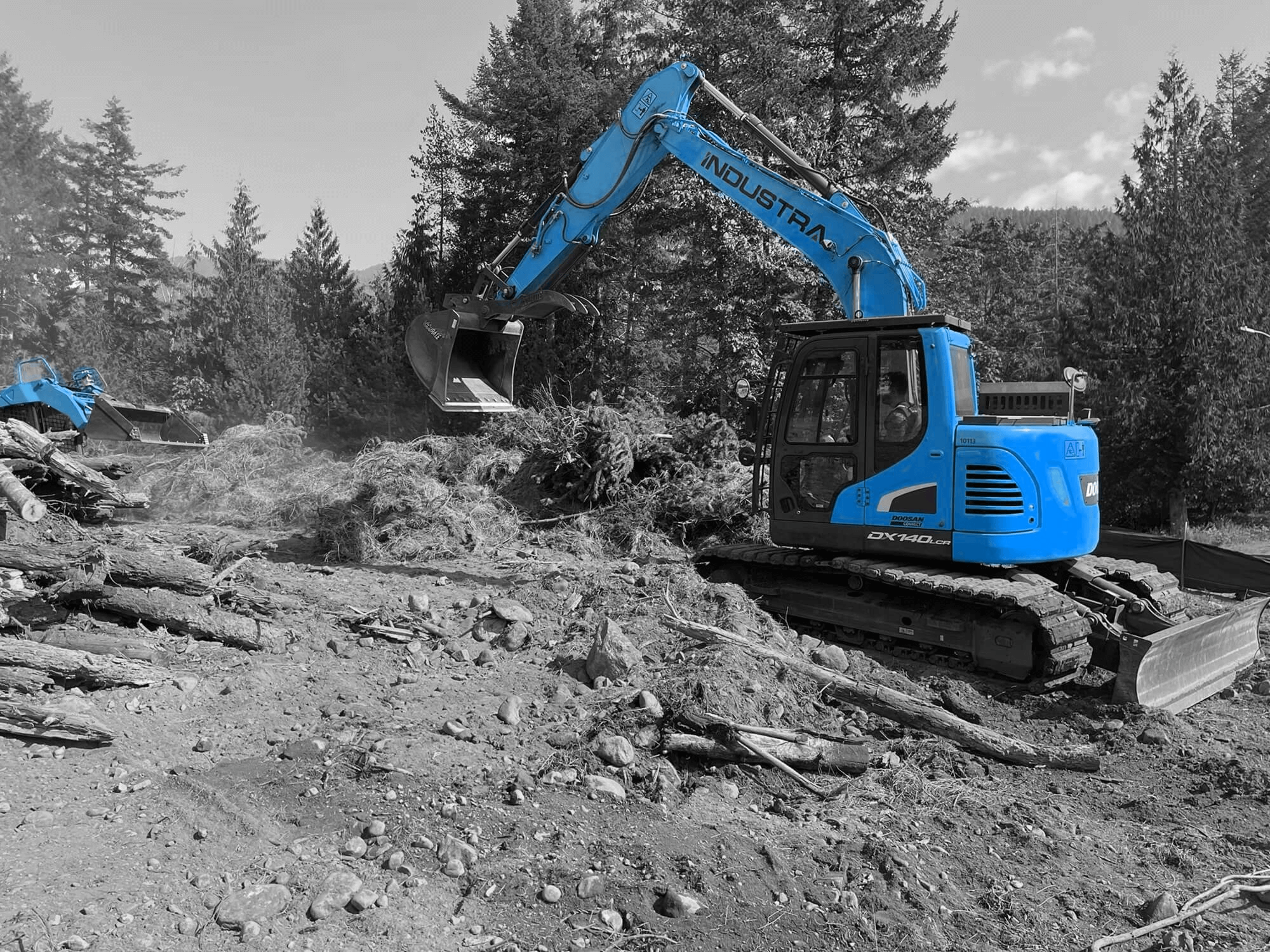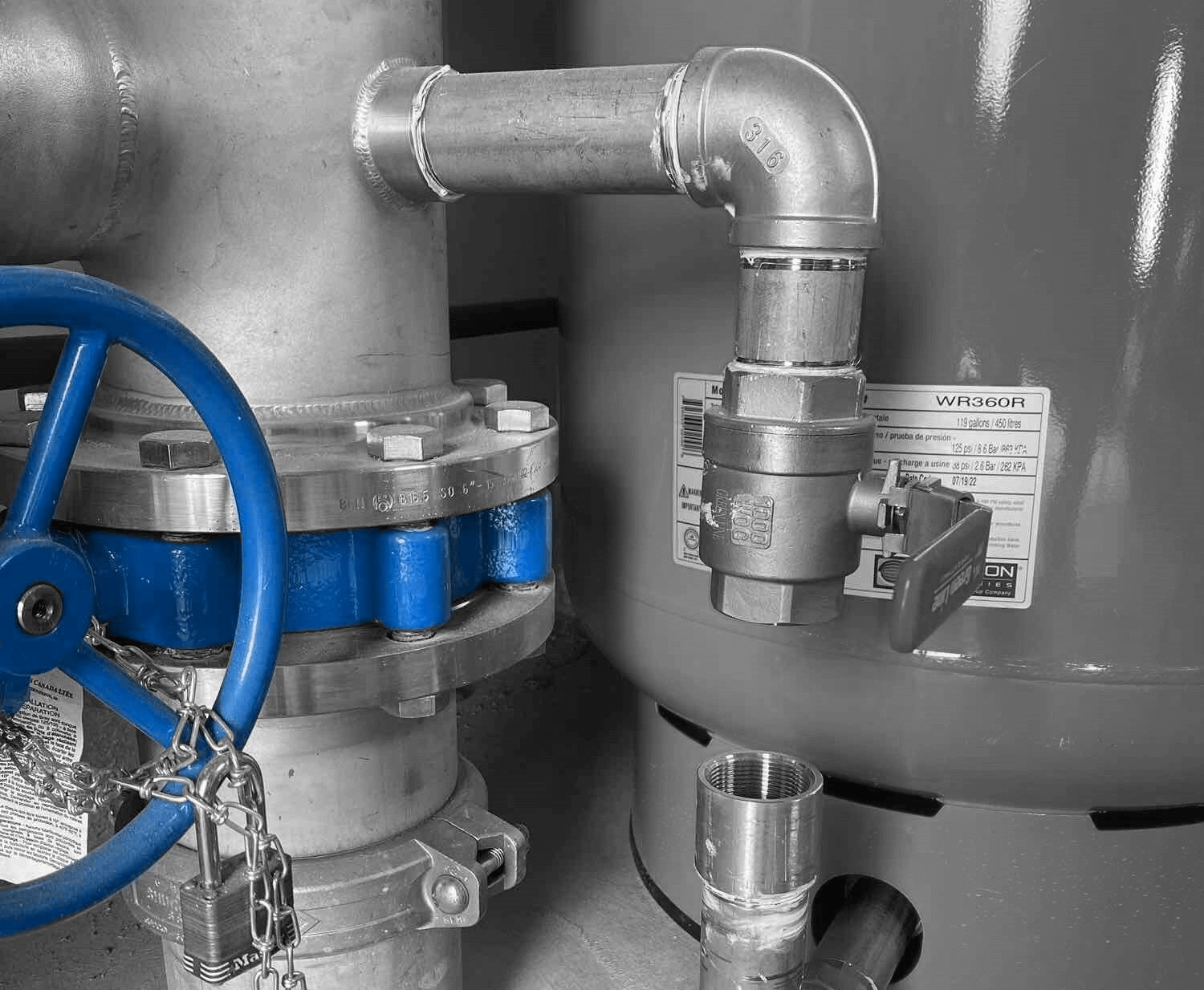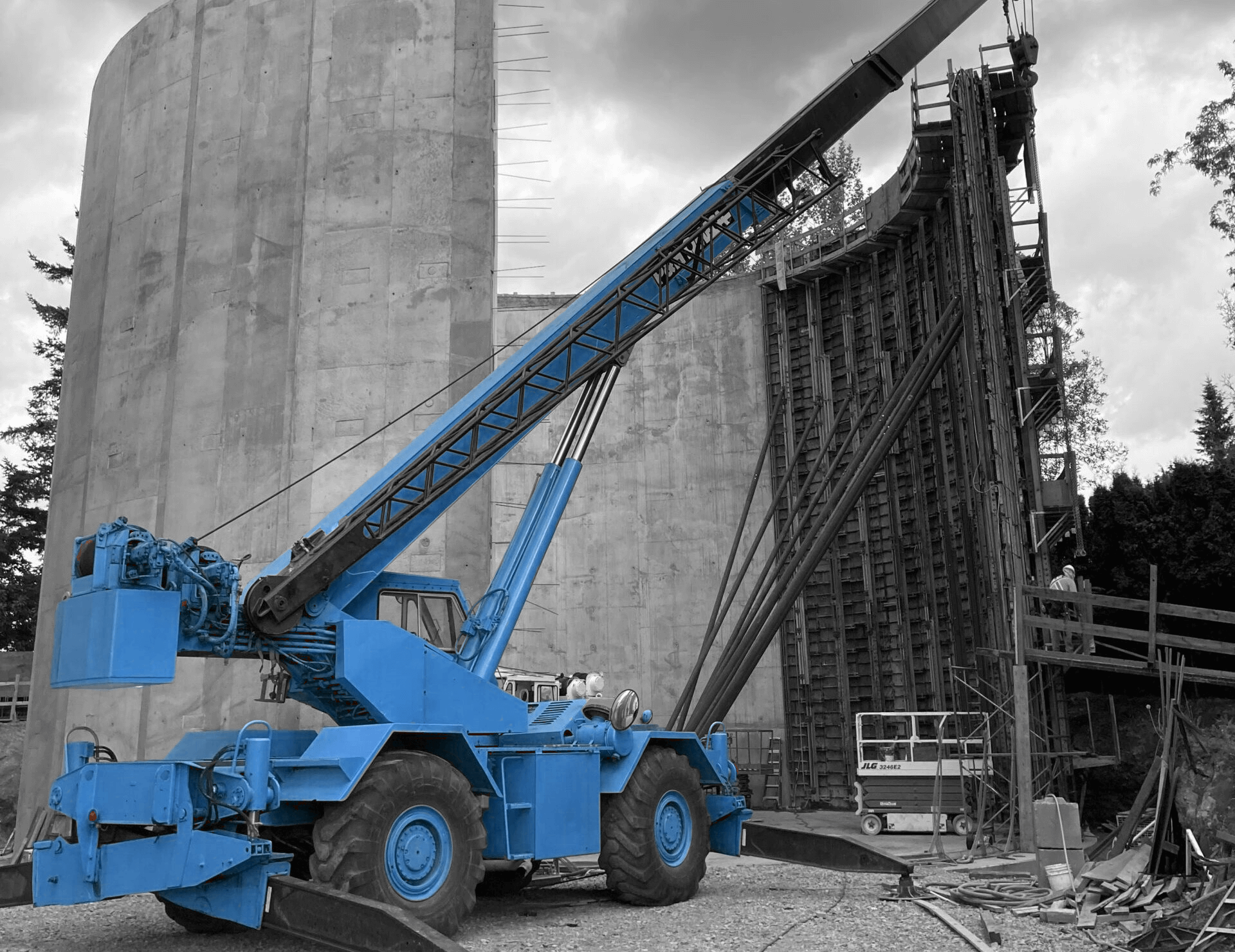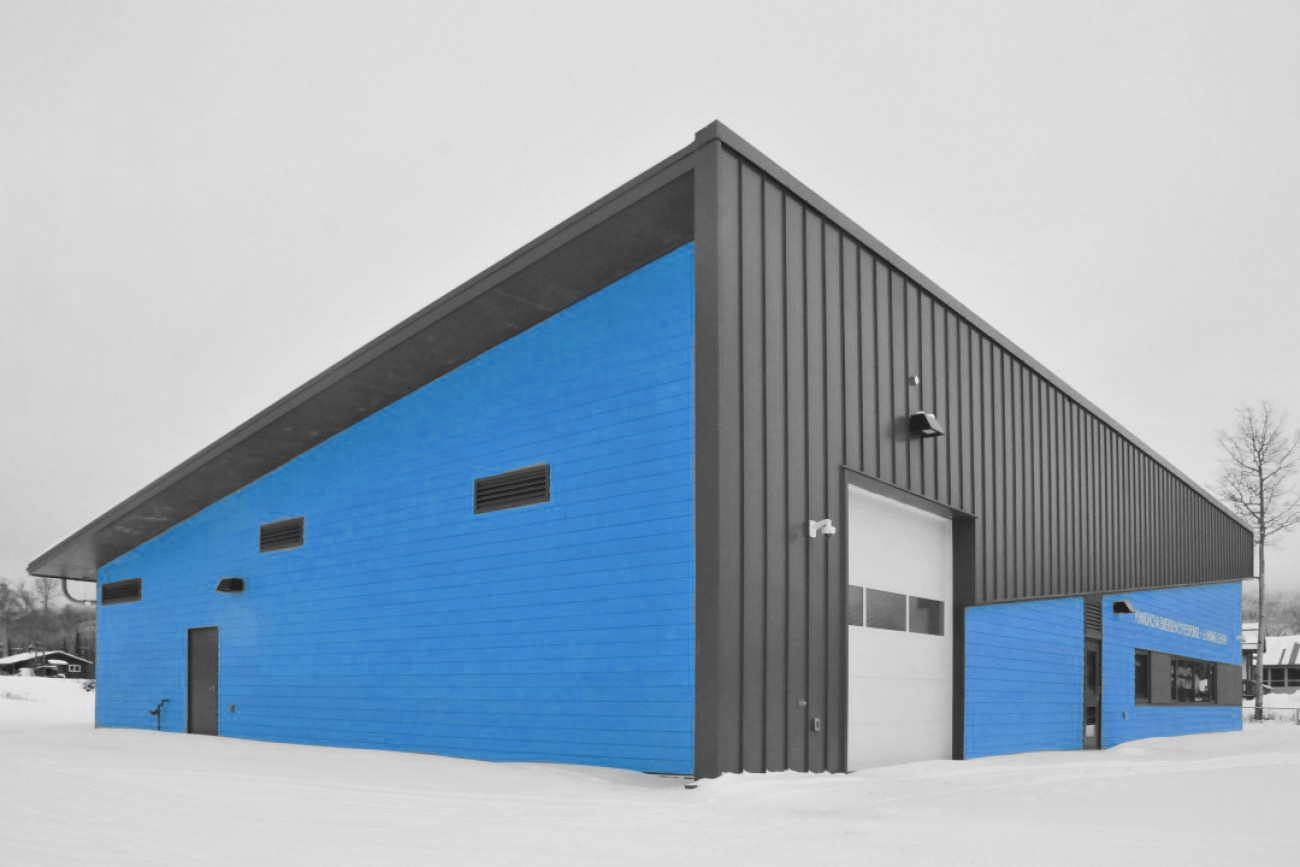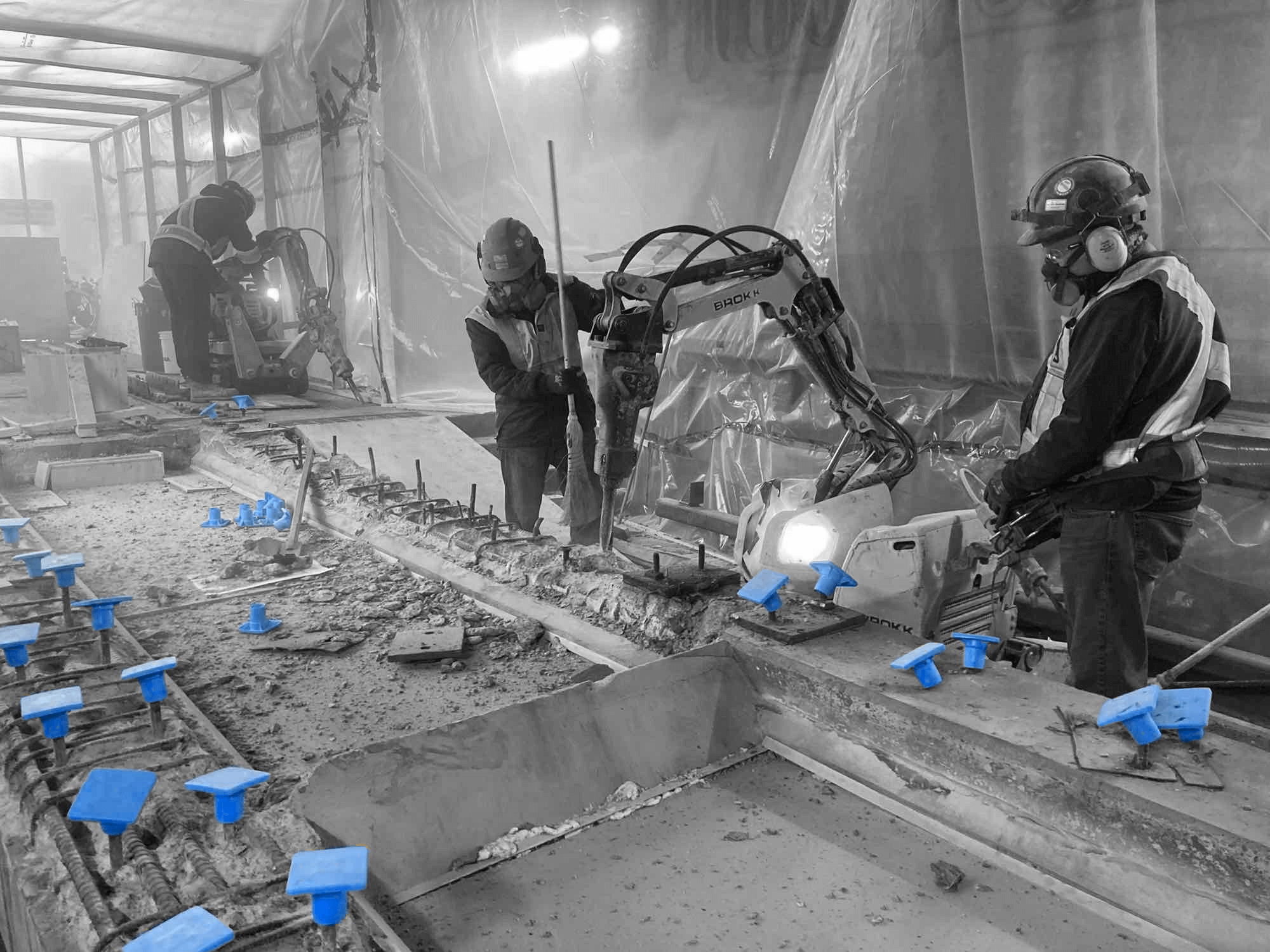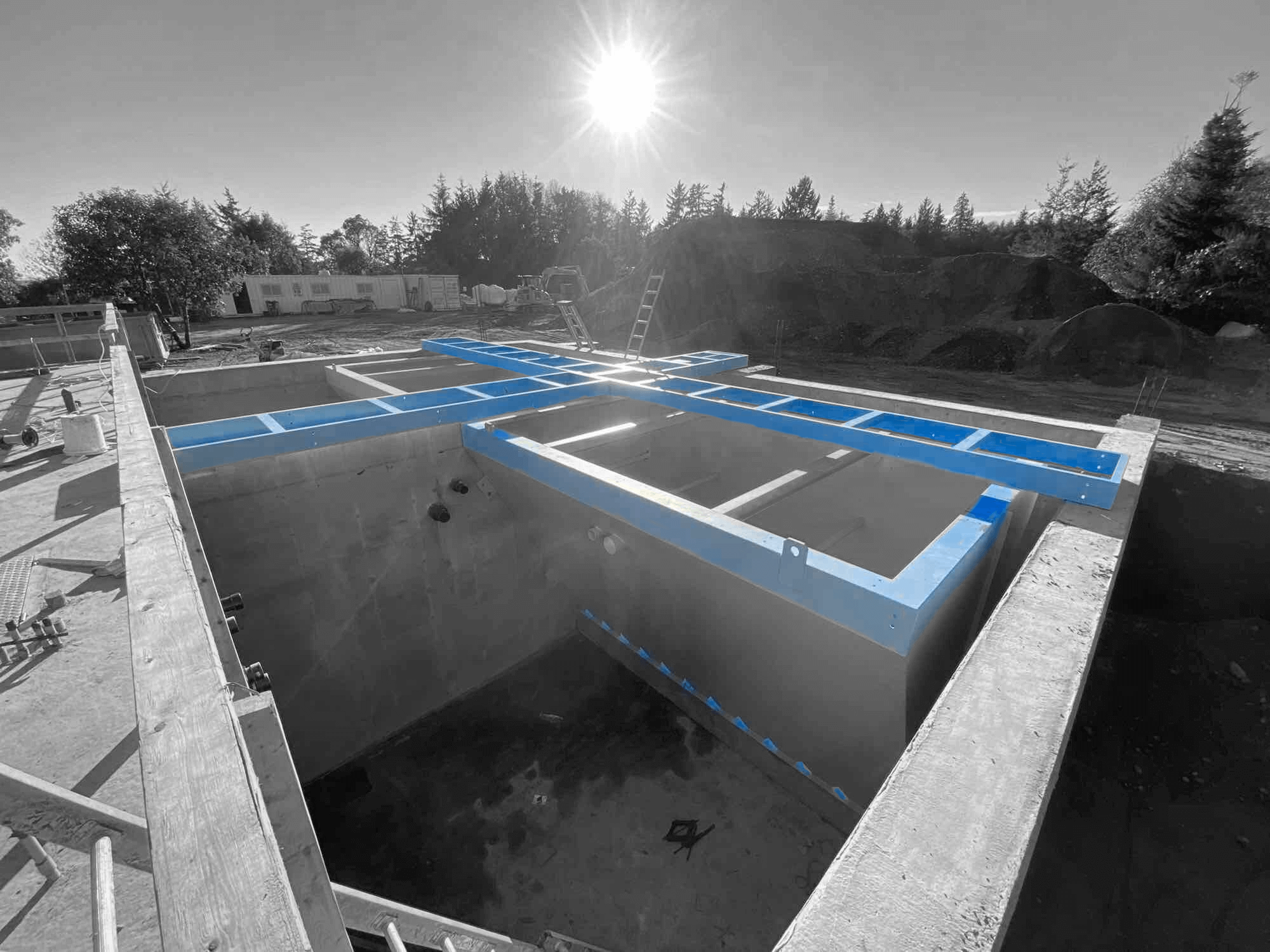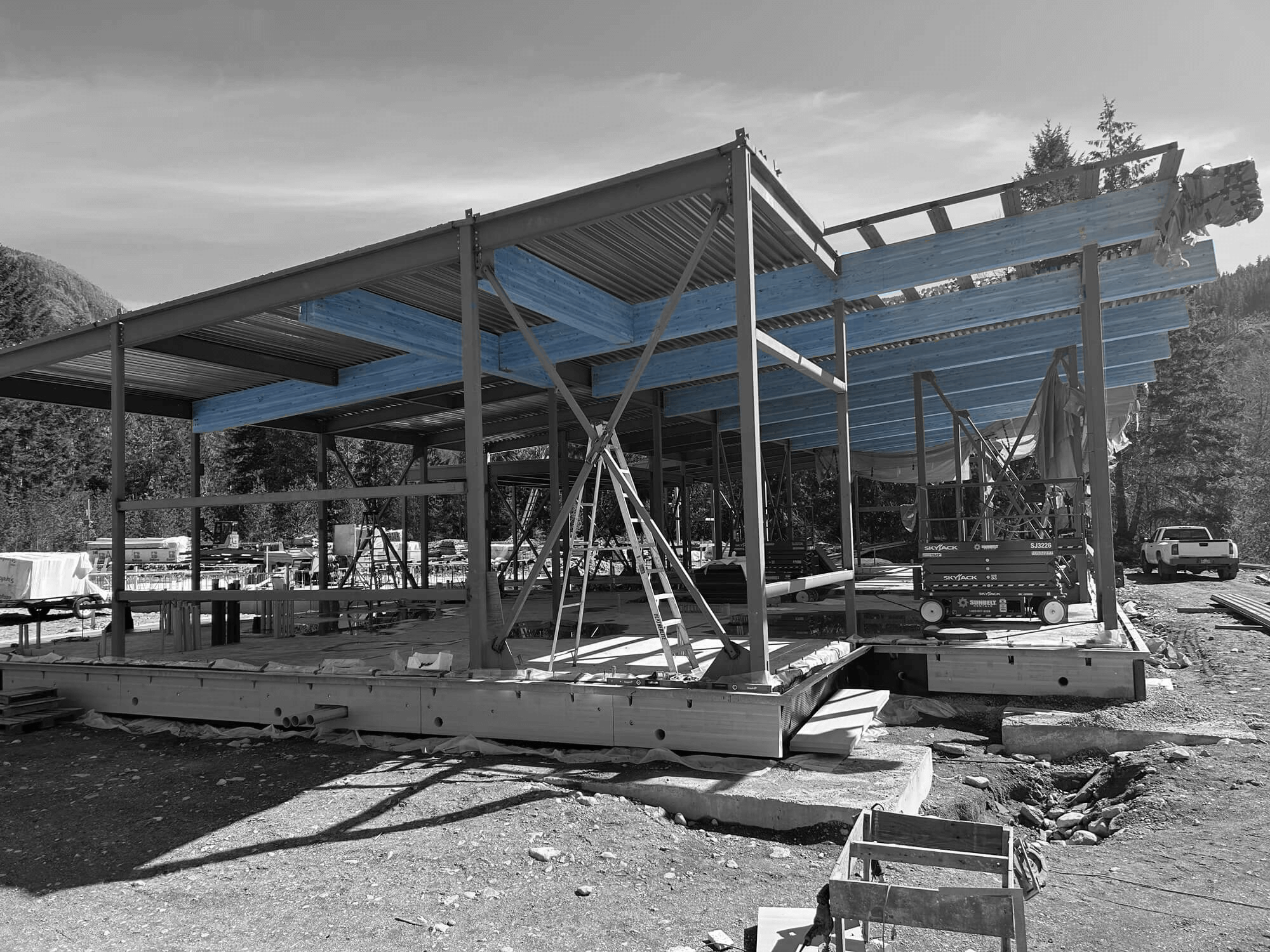Industrial projects can be complex, time-consuming, and costly. Managing multiple contractors and coordinating schedules often leads to unexpected delays. That’s why many industries are turning to EPC (Engineering, Procurement, and Construction) Design-Build. This method integrates the project from start to finish, simplifying the entire process.
Using EPC Design-Build means having one team handle everything, from the initial design to procurement and construction. It cuts down on miscommunication and ensures every part of the project works smoothly together. By combining all phases under one umbrella, industries can complete projects faster and more efficiently.
In 2024, the need for streamlined construction is more crucial than ever. We see advancements in technology and an increasing demand for quick, high-quality industrial development. With EPC Design-Build, projects are no longer a daunting task but a well-coordinated effort towards a common goal. This method is transforming how we approach industrial construction, making it simpler and more cost-effective.
What is EPC Design-Build and Why It’s Important for Industrial Projects
EPC Design-Build stands for Engineering, Procurement, and Construction Design-Build. It is a method that combines all three phases into a single package. The idea is to have one team managing the entire project. This approach brings together engineers, procurement specialists, and construction managers to work as a cohesive unit. With this method, we eliminate the need for multiple contracts and miscommunications between different contractors.
The importance of EPC Design-Build in industrial projects cannot be overstated. It simplifies coordination, reduces errors, and speeds up the entire process. By having one team in charge, we can ensure that every part of the project is handled efficiently and to the highest standards. This approach is especially useful in industrial projects where timelines are tight and precision is crucial. It’s a one-stop solution that makes complex projects more manageable, from the initial design all the way through to completion.
Key Benefits of Using EPC Design-Build for Industrial Projects
- Streamlined Communication: With one team handling everything, there is less chance of miscommunication. All members are on the same page, making it easier to address issues quickly and effectively.
- Faster Project Completion: Because the design, procurement, and construction phases are handled by the same team, the project moves faster. There are no delays waiting for one phase to be completed before the next can start.
- Cost Efficiency: Combining all phases under a single contract also means a more transparent budget. There are fewer surprises in terms of costs, making it easier to stay within budget.
- Higher Quality Control: With a single team overseeing everything, the quality of work tends to be higher. Each member of the team is responsible for the entire project’s success, so they are all invested in delivering the best possible outcome.
- Reduced Risk: When one team is accountable for the entire project, the risks associated with delays, cost overruns, and other issues are significantly reduced. This makes EPC Design-Build a safer option for industrial projects.
By choosing EPC Design-Build, industrial projects become simpler, faster, and more reliable. This approach not only saves time and money but also ensures a higher quality end product.
Steps Involved in the EPC Design-Build Process for Industrial Sites
Understanding the steps involved in the EPC Design-Build process helps you appreciate how streamlined and efficient this method is. Here’s a simple breakdown of what goes into an EPC Design-Build project for industrial sites.
- Initial Assessment: We start by understanding the project’s requirements and constraints. This involves meeting with stakeholders to gather all necessary information about the site and the project goals.
- Design Phase: Our engineers and architects develop the initial designs. This includes creating blueprints and 3D models to visualize the project. We ensure the design meets industry standards and the specific needs of the project.
- Procurement: Once the design is approved, we move on to the procurement phase. We source all the materials, equipment, and subcontractors needed for the project. This phase is crucial for keeping the project on schedule and within budget.
- Construction: With materials and plans in place, we begin construction. Our team manages every aspect, from laying the foundation to the final touches. Close monitoring and regular updates keep the project on track.
- Quality Assurance: Throughout the project, we conduct rigorous quality checks. This ensures that the work meets all safety and quality standards. Any issues are addressed immediately to maintain high standards.
- Completion and Handover: Finally, we complete the project and hand it over to the client. We ensure everything is in perfect working condition and meets the client’s expectations.
Real-World Applications: How EPC Design-Build Has Revolutionized Industrial Construction in 2024
EPC Design-Build has significantly changed how industrial projects are executed. Many industries have already benefited from this approach, finding it more efficient and reliable. Let’s look at some real-world applications of EPC Design-Build in 2024.
One of the most prominent examples can be seen in the construction of large-scale manufacturing plants. These projects require precise coordination and high-quality work to meet strict timelines. By using EPC Design-Build, companies have completed these plants faster and with fewer complications. This method ensures that all aspects of the project, from design to construction, are handled seamlessly by one team.
Another area where EPC Design-Build has made an impact is in the development of water and wastewater treatment facilities. These projects demand strict adherence to environmental regulations and high standards of quality. With EPC Design-Build, we ensure these projects meet all regulations while staying within budget and on schedule. This approach has led to more efficient and cost-effective water management solutions, benefiting communities and industries alike.
In 2024, EPC Design-Build continues to push the boundaries of what’s possible in industrial construction. It offers a streamlined, efficient way to tackle even the most challenging projects, making it the go-to method for many companies looking to innovate and grow.
Conclusion
EPC Design-Build has proven to be a game-changer for industrial projects. By integrating design, procurement, and construction phases into one seamless process, this method offers countless benefits, from faster completion times to higher quality control. At Industra Construction Corp., we believe that embracing such innovative approaches is crucial for delivering top-quality industrial solutions. Our expertise in EPC Design-Build allows us to handle even the most complex projects with ease and efficiency.
In 2024 and beyond, EPC Design-Build will continue to revolutionize how we approach industrial construction, setting new standards for efficiency and quality. If you’re looking to simplify your next industrial project and achieve exceptional results, consider the advantages of EPC Design-Build. Contact Industra Construction Corp. today to learn how we can make your industrial project a success with our cutting-edge EPC Design-Build services. Let us bring your vision to life with our proven approach and expertise.


